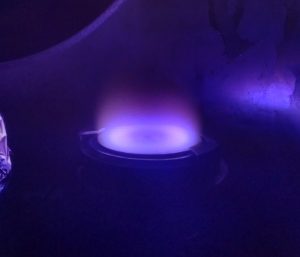There are numerous applications when it comes to ion beam instrumentation.
 When it comes to electron microscope specimens, both scanning and transmission, require conductive coatings to be applied to the samples prior to the analysis. Conductive coatings serve multiple purposes in electron microscopy applications and are essentially designed to play the role of minimizing the charge of a sample, conduct heat away during imaging, and other important features. Now, there are a numerous instruments that are capable of producing these coatings and the selection of the instrument also depends on the resolution of the microscope, the sample, and the application for which it is being used.
When it comes to electron microscope specimens, both scanning and transmission, require conductive coatings to be applied to the samples prior to the analysis. Conductive coatings serve multiple purposes in electron microscopy applications and are essentially designed to play the role of minimizing the charge of a sample, conduct heat away during imaging, and other important features. Now, there are a numerous instruments that are capable of producing these coatings and the selection of the instrument also depends on the resolution of the microscope, the sample, and the application for which it is being used.
Ion-Beam Assistance
Some examples of instruments that are used for conductive coatings are ion-beam assisted deposition sputter coaters, vacuum evaporators, and other similar instruments. In order to deposit conductive coatings, there must be a sputtering instrument. Sputtering is basically a deposition process that removes a target material and bonds it onto the sample. This process tends to bombard the surface of the target material with gaseous ions under a rate of acceleration. When these ions collide with the target, the atoms or molecules are projected onto the sample, therefore creating a tight bond.
The results of these bonds are a coating that is held tightly to the surface through mechanical forces and in some cases chemical bond may result out of it. Although ion beam sputter deposition systems utilize sputtering to produce these coatings, various qualities are dramatically different. These differences in the properties also make the selection of the equipment crucial for the output.
Denton Vacuum, LLC is your home for ion beam etching systems. For more information, visit them online today.